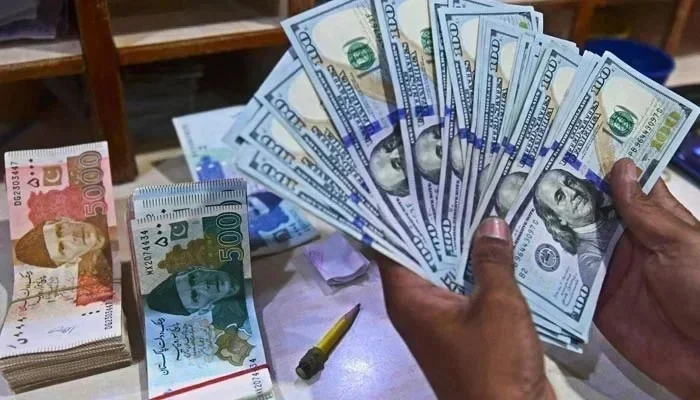
In a significant boost to Pakistan’s economy, remittances from overseas Pakistanis surged by 48% in July, reaching a total of $3 billion, according to data released by the State Bank of Pakistan (SBP) on Friday. This marked a notable year-on-year increase, although the month-on-month figures showed a slight decline of 5%.
Factors Behind the Surge
The surge in remittances is attributed to several key factors, including a stable exchange rate, a reduction in the current account deficit, and increased foreign inflows. Additionally, the narrowing gap between open market and interbank rates, along with stringent measures taken against illegal dollar trade, currency hoarding, and the operations of hawala/hundi networks, have all contributed to the positive trend.
According to Awais Ashraf, Director of Research at AKD Securities Limited, “Remittances have maintained their upward trend post-Eid, signaling positive prospects for the economy and supporting currency stabilization. This increase is largely due to the movement of worker remittances into formal channels, spurred by the reduced rate difference between exchange companies and the interbank market.”
Country-Wise Breakdown of Remittances
The SBP data revealed that remittances from Saudi Arabia, Pakistan’s largest source of these funds, increased by a substantial 56% to $761 million in July. This was followed by remittances from the United Arab Emirates (UAE), which surged by an impressive 94%, reaching $611 million compared to the same period last year.
The United Kingdom also played a significant role, with remittances totaling $443 million in July, reflecting a 45% increase year-on-year. Meanwhile, remittances from the Pakistani diaspora in the United States amounted to $300 million, marking a 24% rise from July 2023.
Importance of Remittances for Pakistan’s Economy
Remittances are a crucial source of foreign exchange for Pakistan, helping to finance the country’s external account and contributing to overall economic growth. They also play a vital role in supporting household incomes, particularly for families relying on these funds for their subsistence.
The increased inflow of remittances has improved the likelihood of Pakistan achieving a current account surplus in July, despite expectations of a slightly higher trade and services deficit based on figures from the Pakistan Bureau of Statistics (PBS). This positive trend is seen as a counterbalance to the seasonal rise in imports and payments related to interest and profit repatriation, which had previously contributed to current account deficits in May and June.
Current Account Deficit and Foreign Exchange Reserves
The current account deficit widened by 33% to $329 million in June, driven by higher dividend and profit payments alongside a seasonal increase in imports. However, throughout FY24, Pakistan managed to post a relatively modest current account deficit of $681 million, equivalent to just 0.2% of the gross domestic product (GDP).
Despite these challenges, Pakistan’s foreign exchange reserves have shown signs of recovery, amounting to $9.15 billion as of August 2. However, SBP Governor Jameel Ahmad noted that these reserves remain below the minimum threshold, covering only 1.6 months’ worth of imports.
Future Outlook and Debt Repayments
Looking ahead, Pakistan faces significant external repayment obligations in FY25, totaling $26.2 billion, including $22 billion in principal and $4 billion in interest. Of this, $16 billion is expected to be rolled over. In July alone, $1.1 billion has already been repaid, with $9 billion scheduled for repayment over the remainder of the fiscal year.
Finance Minister Muhammad Aurangzeb provided some positive news, confirming that Pakistan has secured assurances from China, Saudi Arabia, and the UAE to roll over their debts for a year. This development is expected to provide much-needed relief as the country awaits final approval for its new $7 billion loan program with the International Monetary Fund (IMF).
The continued inflow of remittances, along with the supportive measures from international partners, is likely to play a crucial role in stabilizing Pakistan’s economy in the months ahead.